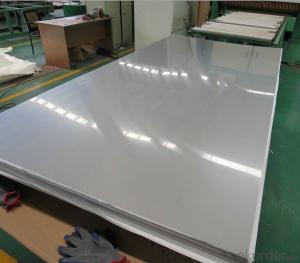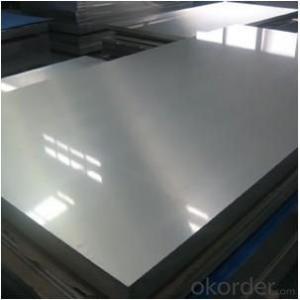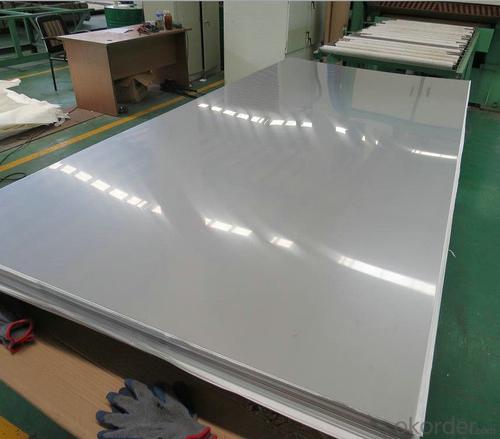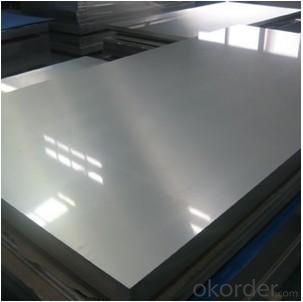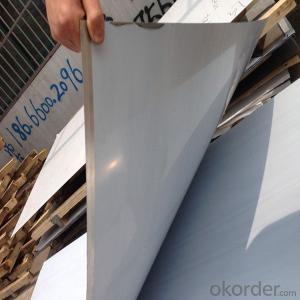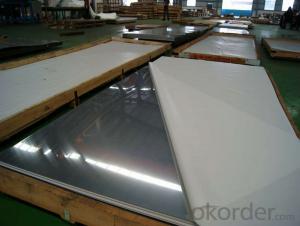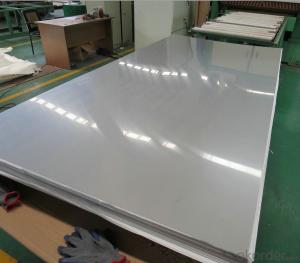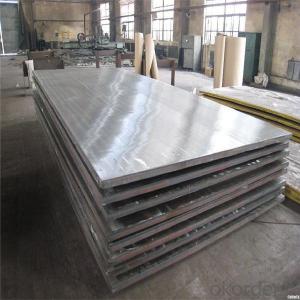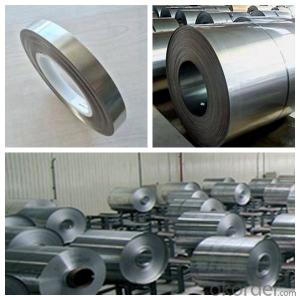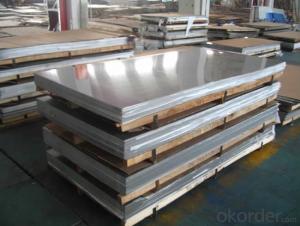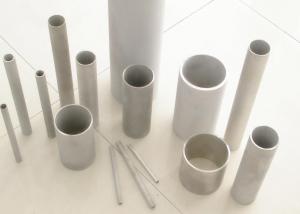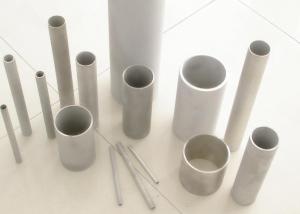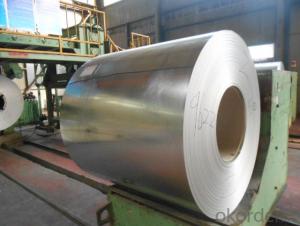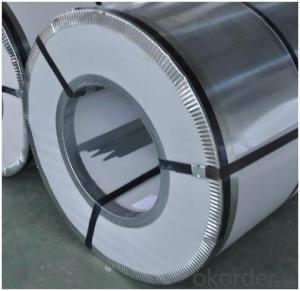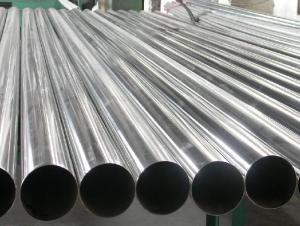SGS certification 304 stainless steel sheet in wuxi
- Loading Port:
- Shanghai
- Payment Terms:
- TT OR LC
- Min Order Qty:
- 5 m.t
- Supply Capability:
- 25000 m.t/month
OKorder Service Pledge
OKorder Financial Service
You Might Also Like
Specification
1.hot rolled and cold rolled stainless steel sheet detailed information:
Type | stainless steel sheet |
Thinckness | 0.3mm-60mm |
Widthness | 50mm~2000mm |
Length | 1000mm~1500mm or as request |
Brand name | TISCO,JISCO,BAOSTEEL,POSCO etc. |
Standard | JIS, AISI, ASTM, GB, DIN, EN |
Material | 201,202,304,304L,316,316L,317,310S,309S,410,420,430,904L etc |
Surface | 2B,BA,HL,BK,NO.1,NO.4,etc |
Certificate | We accept the third inspections |
Application | Bridge, Shipbuilding,roofing,Car, Construction,Chemical,etc |
Payment | T/T, 30% deposit, blance before loading, L/C |
Note | We can produce other standard as the customers’ require |
2. 304,304L stainless steel sheet Applications :
| Finish | Thickness | Characteristics | Applications |
| No. 1 | 3.0mm~50.0mm | Finished by hot-rolling, annealing and pickling, characterized by white pickled surface | Chemical industry equipment, Industrial tanks |
| No. 2B | 0.3mm~6.0mm | Finished by heat treatment, pickling after cold rolling, followed by skin pass line to be more brighter and smooth surface | General Application Medical Instruments,Tableware |
| No. BA (Bright Annealed) | 0.5mm~2.0mm | Bright heat treatment after cold rolling | Kitchen utensil, kitchen ware,architectural purpose |
| No. 4 | 0.4mm~3.0mm | Polishing with No. 150 to No.180 mesh abrasivesThe most popular finishes | Milk & Food processing acilities, Hospital Equipment, Bath-tub |
| HL(Hair Line) | 0.4mm~3.0mm | Finished by continuous linear polishing | Architectural purposes, escalators, kitchen ware vehicles |
Product display
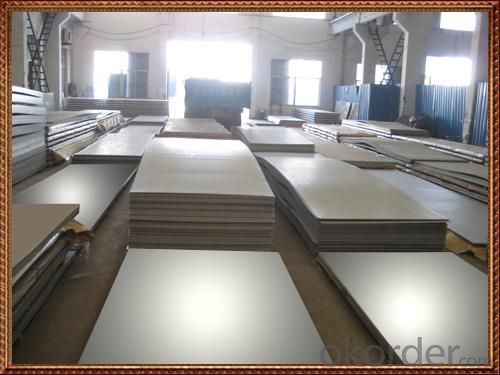
PVC Coated
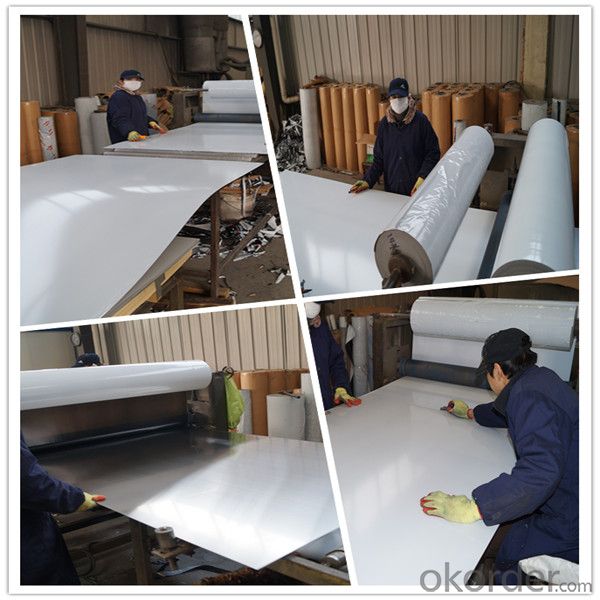
The other products
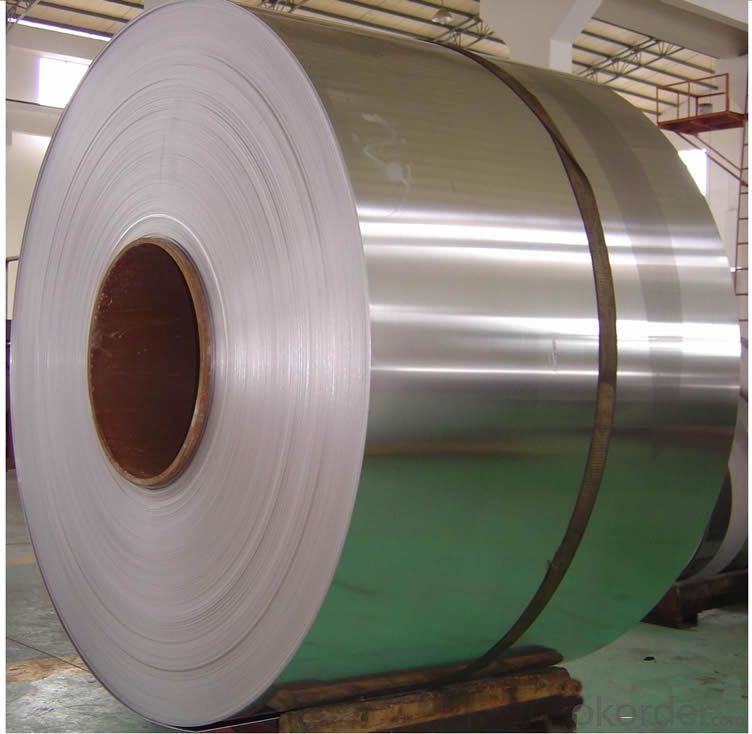
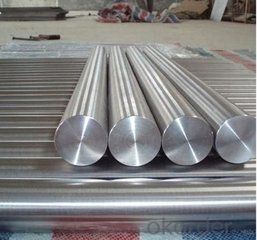
Why do you choose us?
1) Our products are high quality and best price.
2)We have experience in this line for many years.
3)We have professional team and the factory.
4)It's very important for a company to be honest in the process of trading and so do we.
If you are interested in our products,you can contact us.
- Q: Are stainless steel sheets suitable for desalination plants?
- Indeed, desalination plants find stainless steel sheets to be quite appropriate. Stainless steel exhibits remarkable resistance against corrosion and can endure the severe circumstances encountered in such plants, such as contact with saltwater and exposure to high temperatures. Its exceptional durability and mechanical characteristics render it an ideal material for multiple components in desalination plants, such as piping, heat exchangers, and tanks. Furthermore, stainless steel possesses commendable hygiene properties, rendering it suitable for desalination plants that necessitate stringent cleanliness standards. Moreover, the fabrication and installation of stainless steel sheets are effortless, allowing for efficient construction and maintenance procedures in desalination plants.
- Q: Are stainless steel sheets suitable for food processing?
- Yes, stainless steel sheets are highly suitable for food processing. Stainless steel is widely used in the food and beverage industry due to its excellent properties and hygienic nature. It is non-reactive, corrosion-resistant, and does not impart any flavor or odor to the food being processed. Stainless steel is easy to clean and maintain, making it an ideal choice for food processing equipment, countertops, and other surfaces. It also withstands high temperatures and is resistant to bacterial growth, making it a safe and reliable material for food processing.
- Q: Can stainless steel sheets be used for wire mesh?
- Certainly, wire mesh can be made from stainless steel sheets. Stainless steel, being a highly versatile material, finds extensive usage across numerous applications owing to its exceptional durability, resistance to corrosion, and strength. Once stainless steel sheets undergo processing to transform into wire mesh, they acquire a robust and dependable mesh structure. Industries like construction, agriculture, mining, and filtration often employ stainless steel wire mesh due to its remarkable ability to endure harsh environments, withstand rust and corrosion, and uphold its structural integrity throughout time.
- Q: Are stainless steel sheets resistant to abrasion?
- Yes, stainless steel sheets are generally resistant to abrasion. Stainless steel is known for its high strength and durability, making it less prone to scratches and wear compared to other materials. It has a smooth surface that can withstand friction and abrasion, making it suitable for various applications where resistance to scratches and wear is required. However, it is important to note that the level of resistance can vary depending on the specific grade and finish of stainless steel used.
- Q: What are the main chemical constituents of stainless steel plates?
- Stainless steel not only refers to a stainless steel, but more than one hundred kinds of industrial stainless steel, the development of each kind of stainless steel in its specific application areas have good performance. The key to success is to find out what the purpose is, and then determine the correct type of steel. There are usually only six kinds of steel related to the application of building construction. They all contain 17 to 22% chromium, and better steel also contains nickel. The addition of molybdenum can further improve atmospheric corrosion, especially for atmospheric corrosion resistant chlorides.
- Q: Are stainless steel sheets resistant to saltwater?
- Indeed, saltwater poses no threat to stainless steel sheets. Renowned for its ability to resist corrosion, stainless steel demonstrates exceptional suitability for environments with extensive saltwater contact. The chromium present in stainless steel creates a protective layer over the metal's surface, effectively warding off rust and corrosion. As a result, stainless steel sheets prove to be an exceptional option for various marine applications, including boat construction, offshore structures, and coastal infrastructure. Moreover, stainless steel's resilience against saltwater renders it fitting for other purposes such as coastal architecture, kitchen equipment, and medical instruments.
- Q: What are the specifications of stainless steel plates? Are they the same width?
- Different specifications, width is not the same, there are 1.22 meters, 1 meters, etc., length, width, thickness are different.
- Q: How do you calculate the bending radius for stainless steel sheets?
- To calculate the bending radius for stainless steel sheets, you need to consider the material's thickness, tensile strength, and the desired level of bendability. The bending radius can be determined using formulas or tables specific to stainless steel, taking into account these factors to ensure the sheet does not crack or deform during bending.
- Q: Can stainless steel sheets be used for electromagnetic compatibility?
- Yes, stainless steel sheets can be used for electromagnetic compatibility. Stainless steel has excellent electrical conductivity and high magnetic permeability, which helps in shielding electromagnetic interference (EMI) and radio frequency interference (RFI). It is commonly used in applications where electromagnetic compatibility is required, such as enclosures, cabinets, and shielding components in electronic devices.
- Q: Can stainless steel sheets be used for elevator frames?
- Yes, stainless steel sheets can be used for elevator frames. Stainless steel is known for its durability, strength, and resistance to corrosion, making it an ideal material for various applications, including elevator frames. The use of stainless steel sheets for elevator frames ensures a long-lasting and aesthetically pleasing structure that can withstand the wear and tear of everyday use. Additionally, stainless steel's sleek and modern appearance can enhance the overall design of the elevator, providing a sophisticated and stylish look.
Send your message to us
SGS certification 304 stainless steel sheet in wuxi
- Loading Port:
- Shanghai
- Payment Terms:
- TT OR LC
- Min Order Qty:
- 5 m.t
- Supply Capability:
- 25000 m.t/month
OKorder Service Pledge
OKorder Financial Service
Similar products
Hot products
Hot Searches
Related keywords
